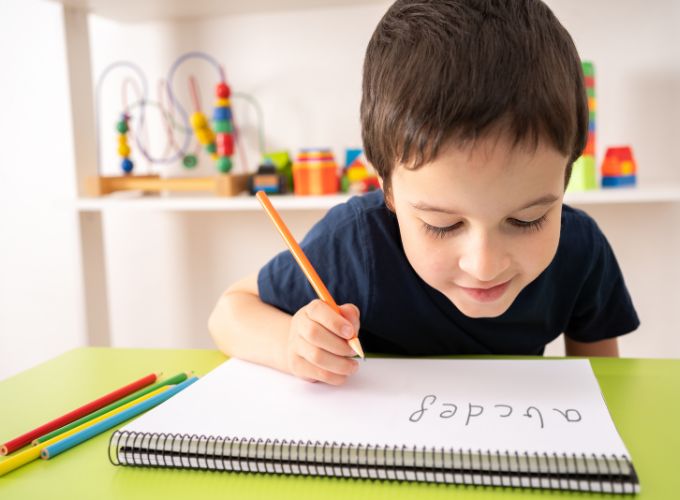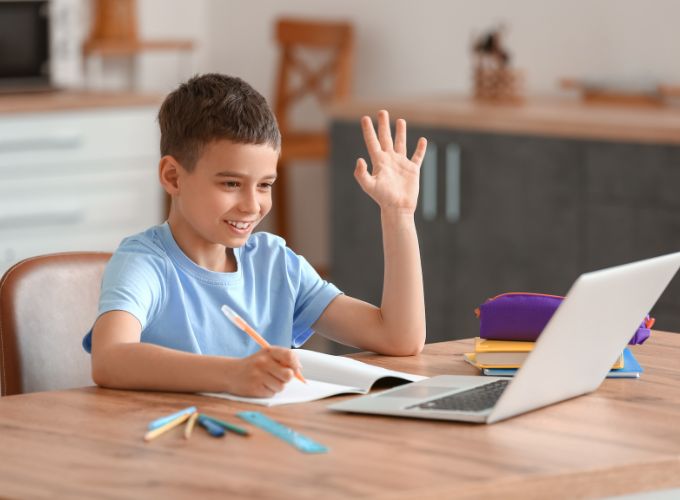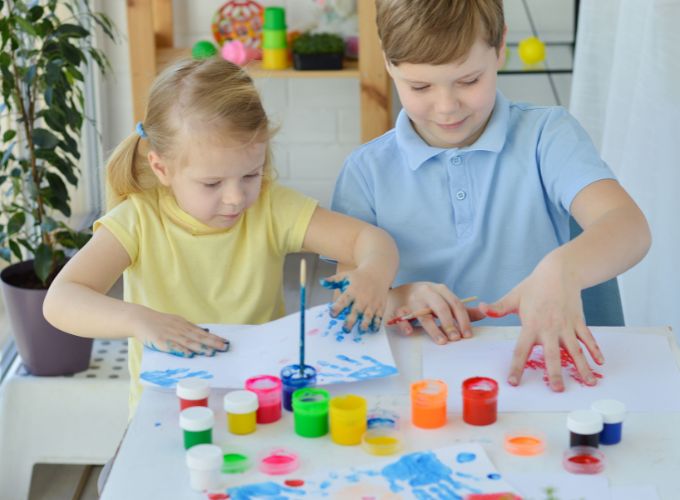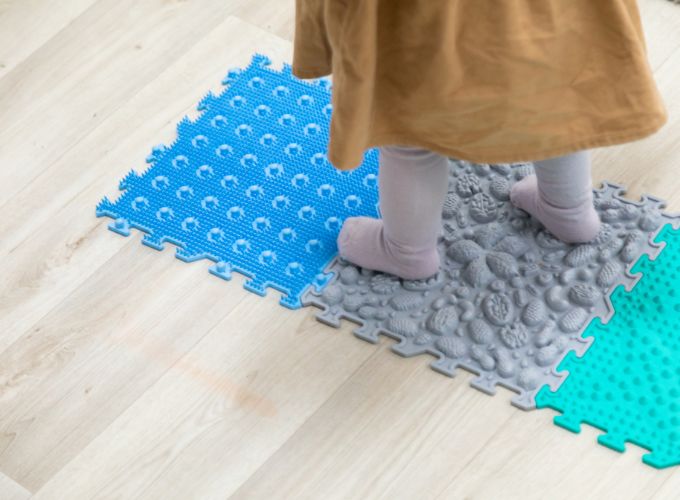Handwriting supports and task focused practice
A multisensory approach to handwriting is a technique that engages multiple senses—sight, touch, movement, and sometimes even sound—to help children develop their writing skills. This approach goes beyond traditional pen-and-paper exercises by incorporating a variety of sensory experiences, such as writing in sand, tracing letters with the finger, or forming letters using clay. By engaging more than one sense, children can form stronger neural connections, which makes it easier to learn and retain the motor patterns needed for handwriting. This approach can be particularly effective for children who have difficulties with fine motor control, sensory processing differences, or who may struggle to learn handwriting through conventional methods.
Schedule an appointment with one of our Occupational Therapists today to discover how we can help you.
A multisensory handwriting approach is effective for certain groups of children. It can also be beneficial for younger children who are just beginning to develop writing skills, as it makes the process more interactive and engaging. By offering alternative ways to practice letter formation—like tracing letters in shaving cream, forming them with manipulatives, or writing on textured surfaces—children can develop their fine motor skills and hand-eye coordination in a way that feels playful and fun.
In addition to a multisensory approach, occupational therapists (OTs) often use other strategies to support handwriting development. A task-focused approach might involve breaking down handwriting into smaller, manageable components and practicing each in isolation—such as focusing on letter formation, spacing, or placement on the line. OTs might also use differentiated line paper with varying widths to help children learn how to place letters correctly and maintain size consistency. Practicing on different types of paper, with colored or raised lines, can give the child tactile and visual cues for letter alignment.
Another common strategy involves experimenting with different types of pencils or grips to help improve a child’s handwriting. Weighted pencils or other adapted pencils can help children who struggle with controlling the use of their hands or have hypermobility. By tailoring the tools and approaches to the child’s specific needs, occupational therapists help create an individualized program that promotes confidence, motor development, and improved handwriting skills. These various strategies ensure that each child’s handwriting journey is as effective and engaging as possible.

Request an appointment to support
your child’s functional skills and daily living abilities.
Our Pediatric Physiotherapy center in Abu Dhabi, UAE is dedicated to enhancing motor skills, sensory processing, and
overall independence, empowering your child to engage more confidently and effectively in everyday activities!
Schedule a consultation with Perfect Balance Pediatric Physiotherapy today and
take the first step toward a more independent and fulfilling life for your child











